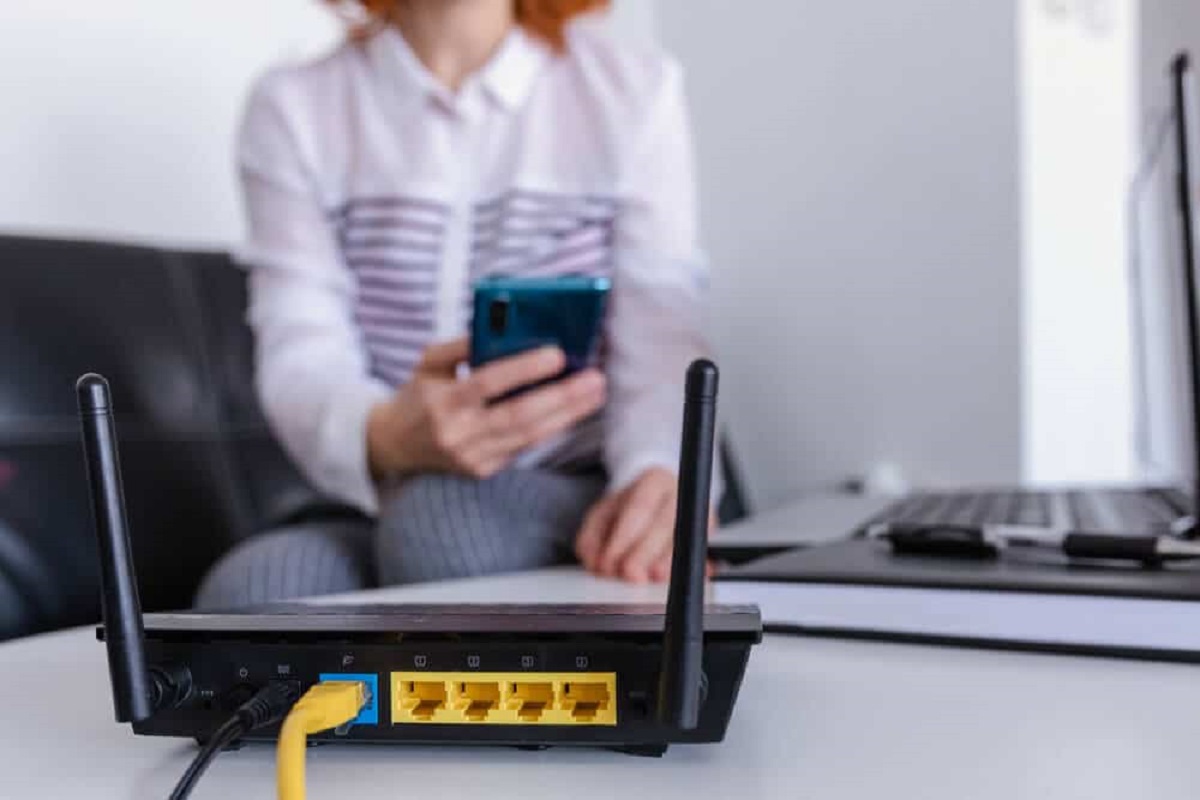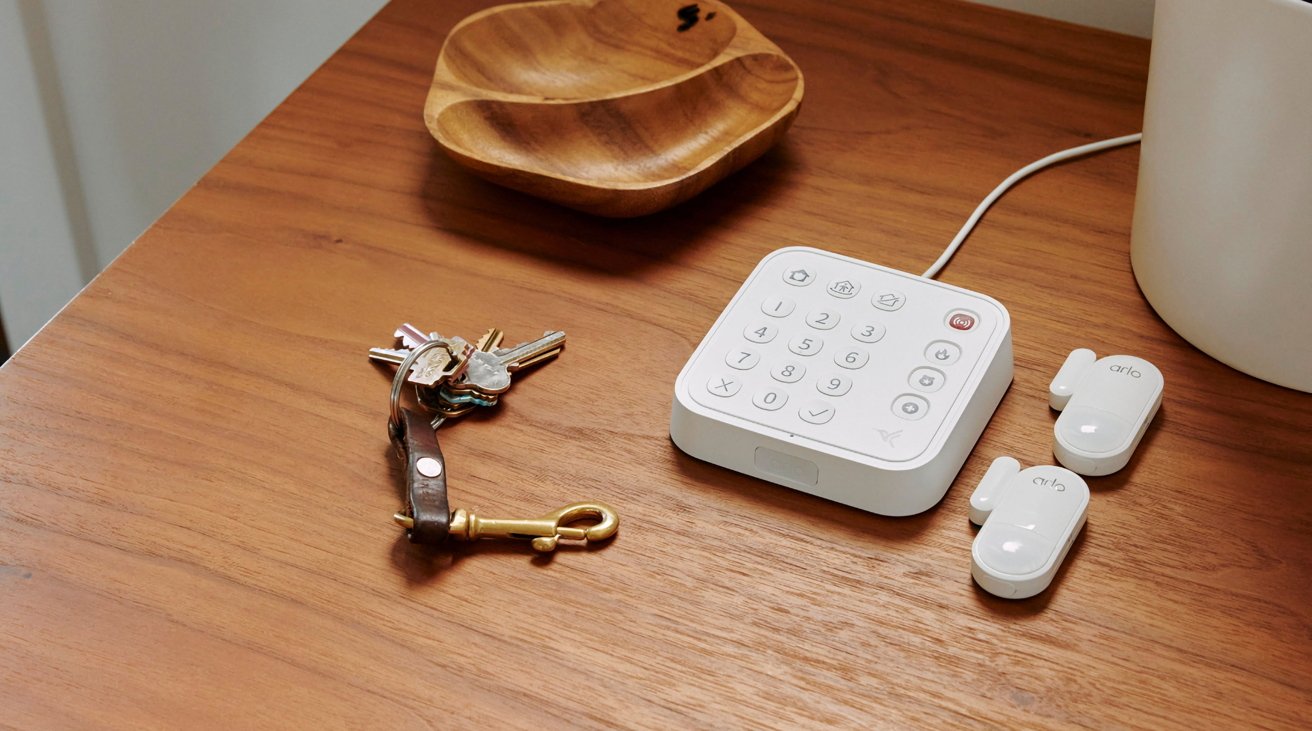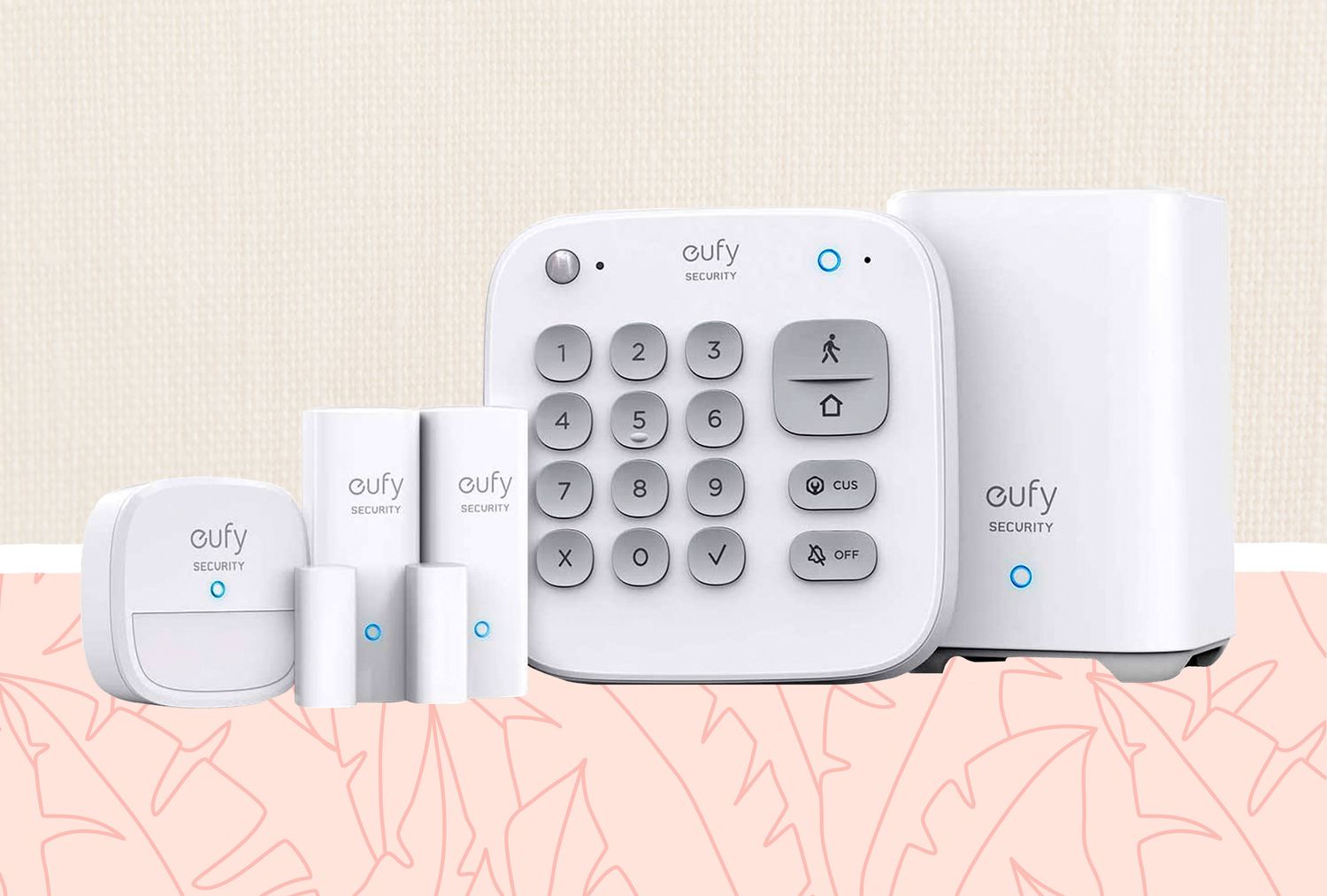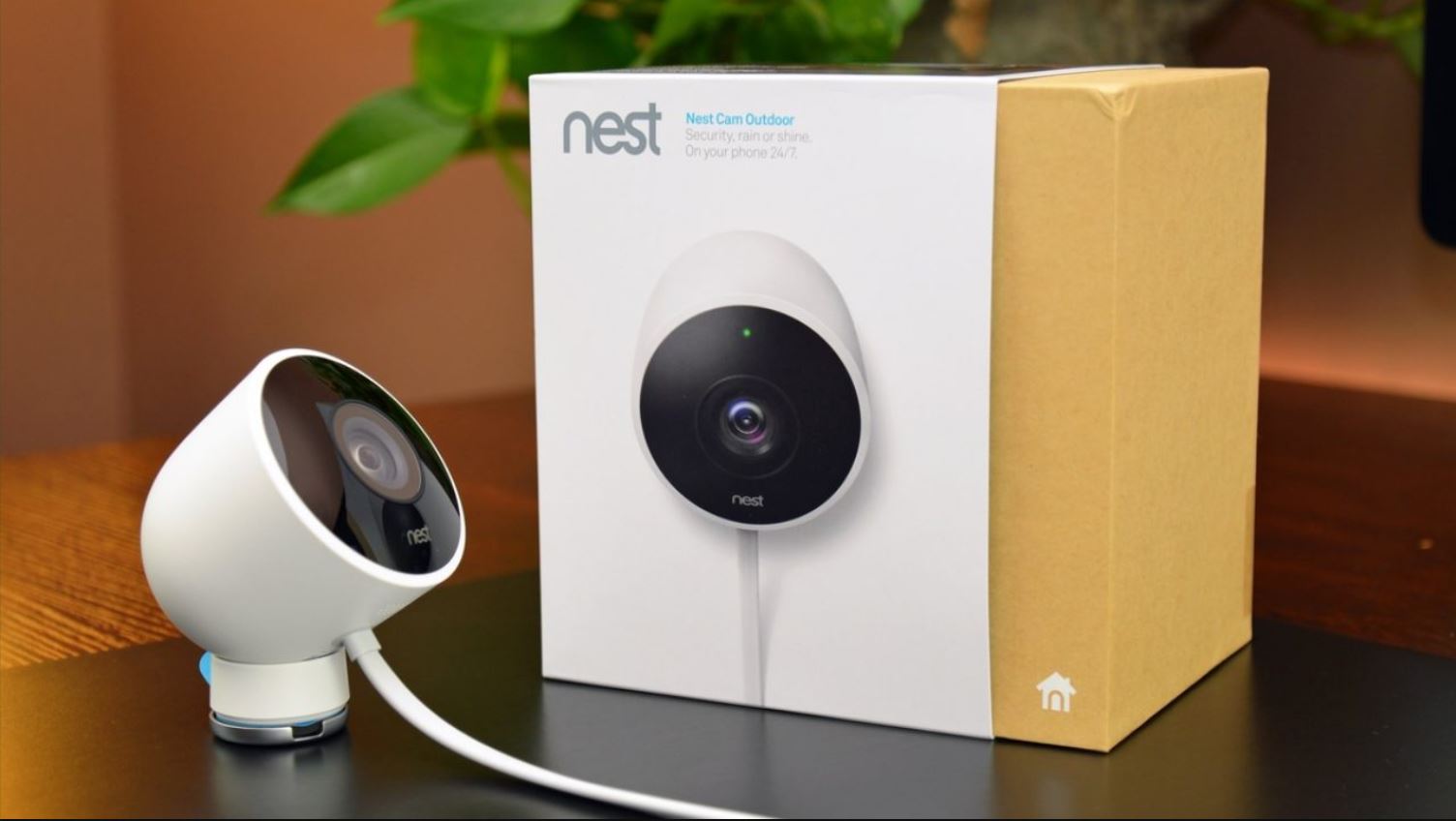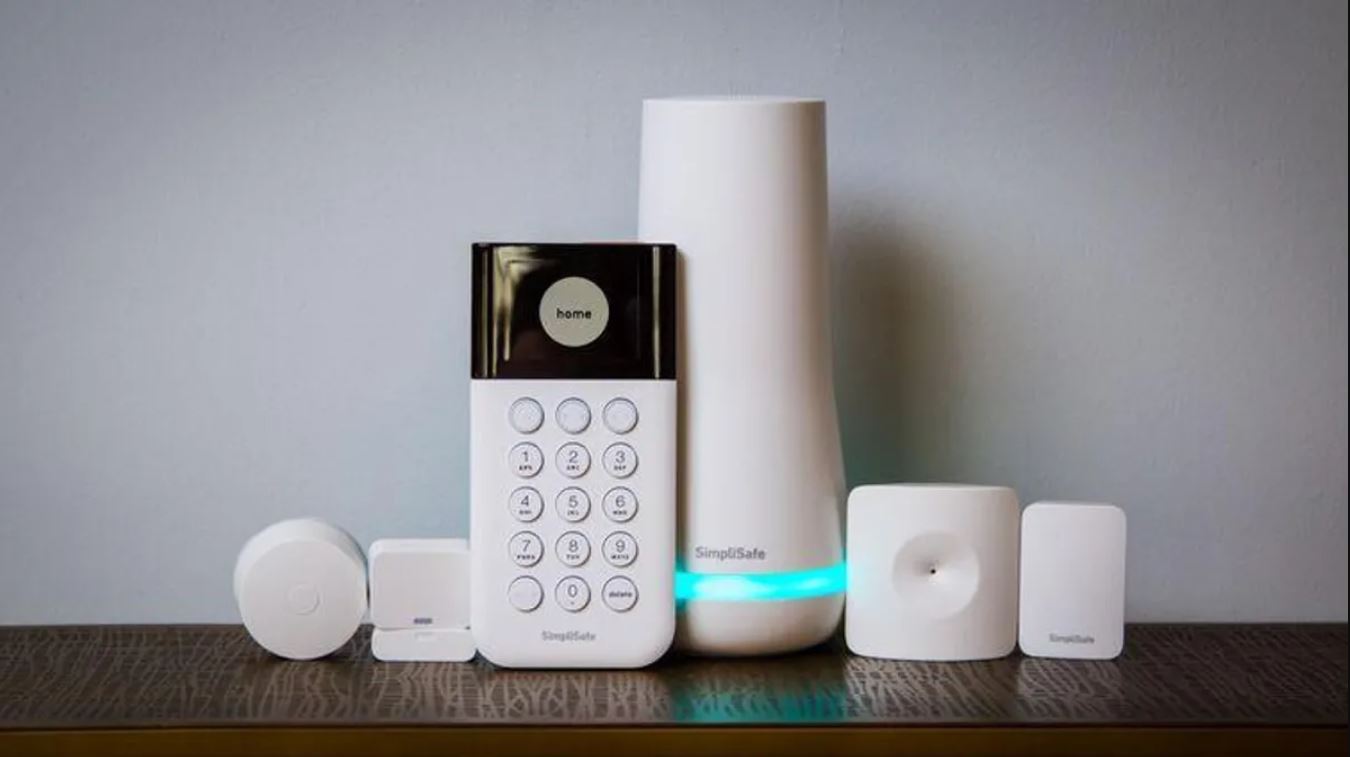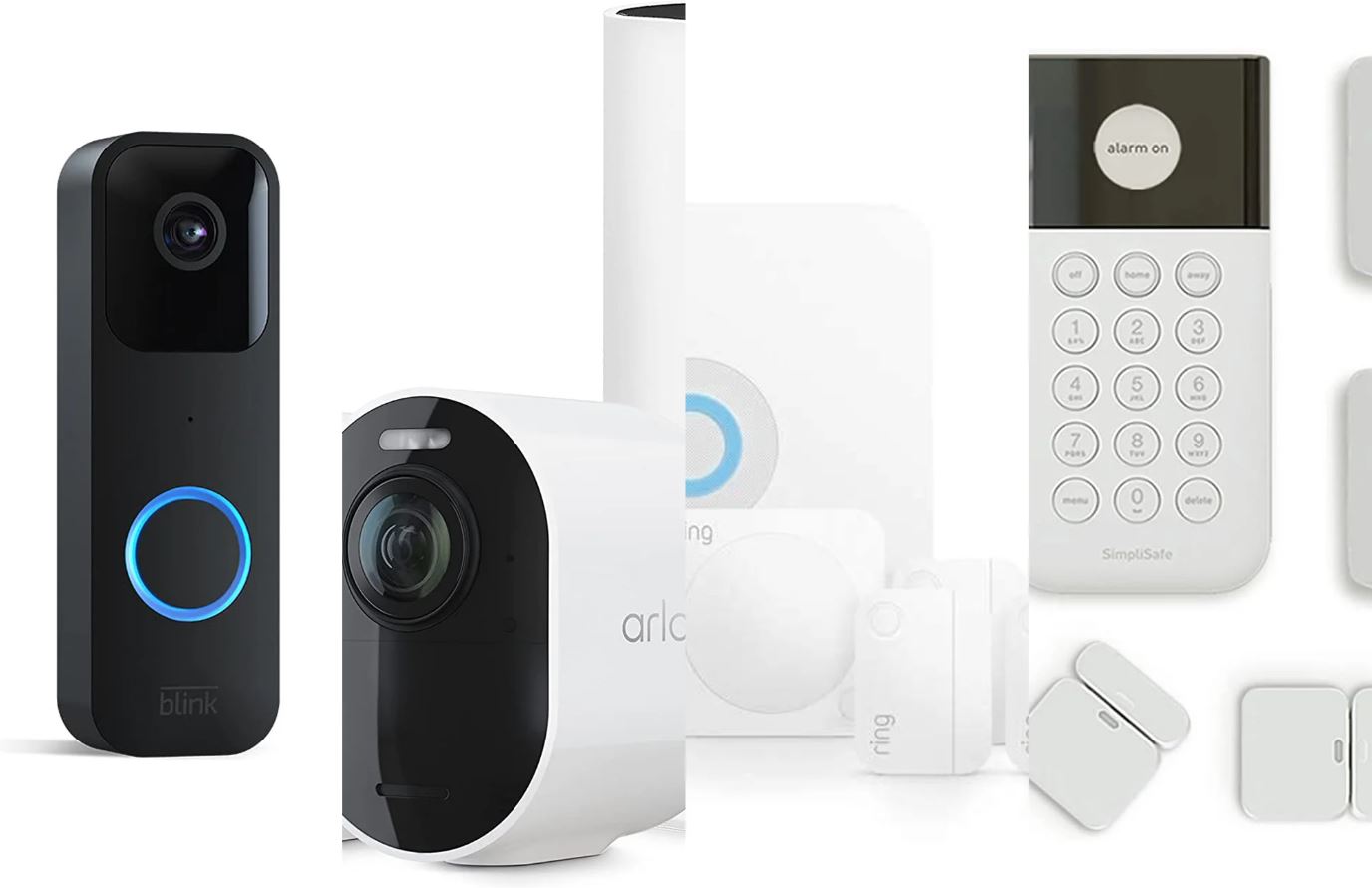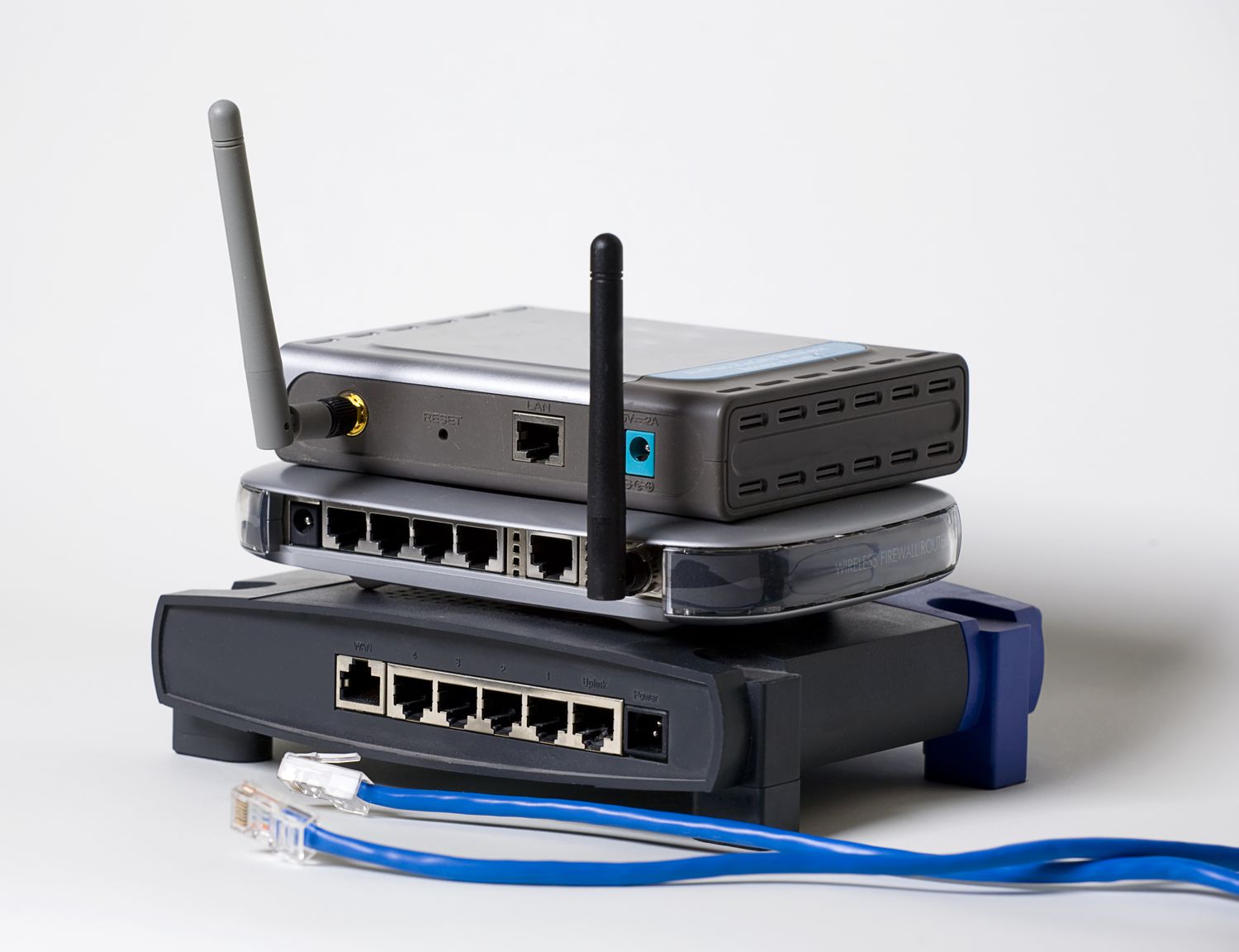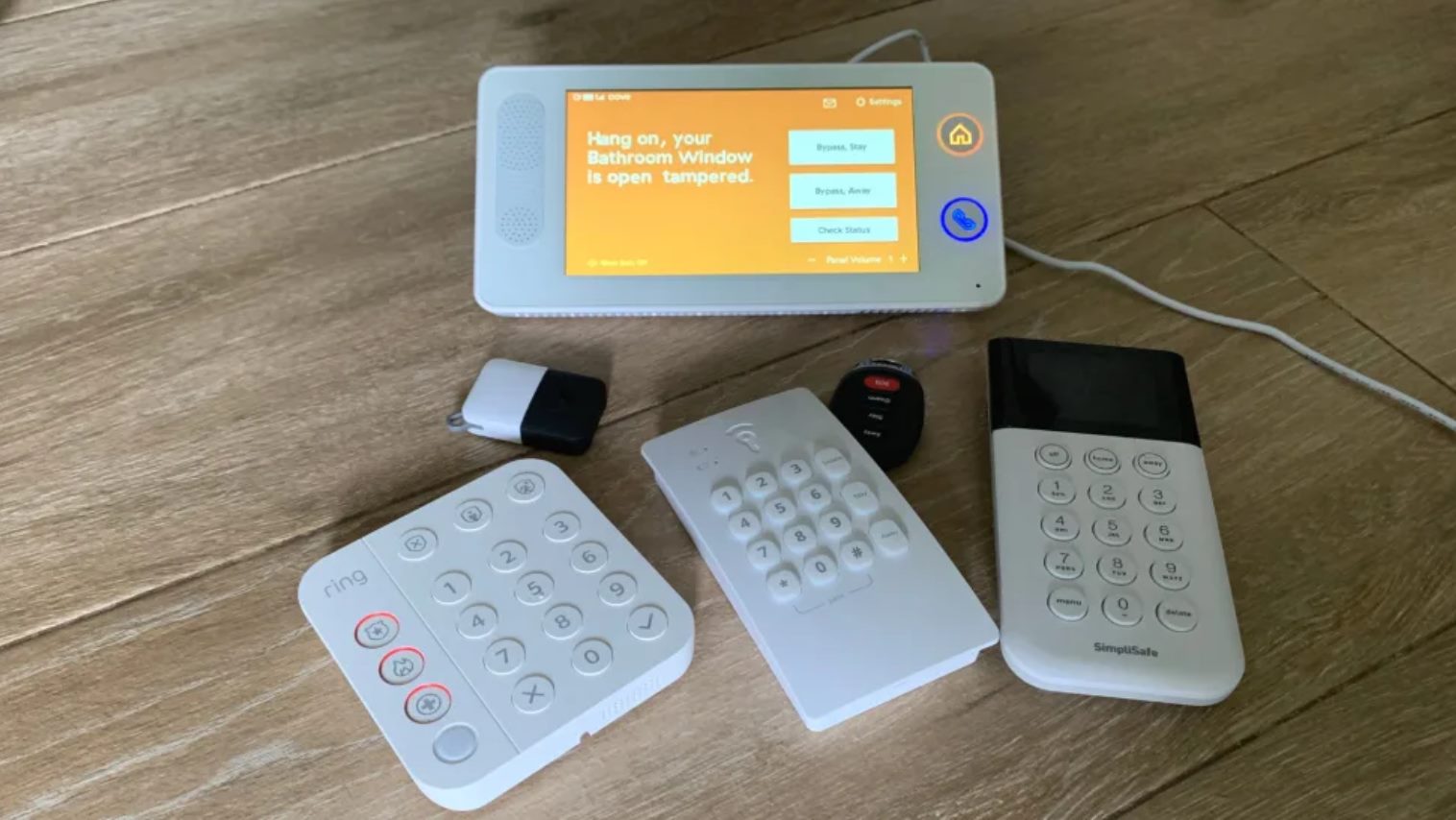Introduction
Having a reliable and fast internet connection is essential in today’s digital age, especially when living in an apartment. Whether you work from home, stream movies, play online games, or simply browse the web, a stable and speedy WiFi connection can make a significant difference in your overall online experience. However, setting up and optimizing WiFi in apartments can sometimes be challenging due to various factors such as signal interference and limited space. But fear not, as this guide will provide you with valuable tips and insights on how to get WiFi in your apartment that is both reliable and fast.
When it comes to getting WiFi in your apartment, there are a few key aspects to consider. First and foremost, you need to find the right Internet Service Provider (ISP) that offers reliable and high-speed internet in your area. Additionally, you will need to understand the different types of internet connections available and evaluate your internet needs to ensure you choose the right package for your usage. Moreover, strategic router placement and signal boosting techniques can greatly enhance the WiFi coverage throughout your apartment. And of course, it’s important to consider security measures to protect your WiFi network from potential threats.
In this comprehensive guide, we will explore each of these aspects in detail and provide you with practical tips and recommendations to help you get the best WiFi experience in your apartment. By following these guidelines, you can ensure that your WiFi connection is stable, fast, and secure, allowing you to fully enjoy all the benefits of a connected world from the comfort of your own home.
Finding the Right Internet Service Provider (ISP)
Choosing the right Internet Service Provider (ISP) is the first crucial step in getting WiFi in your apartment. With so many options available, it’s important to consider factors such as reliability, speed, and affordability.
Start by researching the ISPs available in your area. Check their coverage maps to ensure they offer high-speed internet in your apartment building. Look for customer reviews and ratings to get an idea of their service quality and customer satisfaction.
Compare the different plans and packages offered by ISPs. Take note of the download and upload speeds, as well as any data caps or usage limitations. Consider your internet usage habits and choose a plan that meets your needs. If you stream video content or participate in online gaming, you may require higher speeds to ensure a smooth experience.
Additionally, consider the cost of the service. Look for any promotional offers or bundle deals that can help you save money. While price is an important factor, it’s also essential to prioritize the reliability and quality of the service to avoid frustrating internet outages or slow connections.
Another crucial consideration is customer support. Check if the ISP offers 24/7 customer support and what channels are available for assistance. A responsive and helpful support team can make a significant difference when you encounter any issues or need assistance with your internet connection.
Once you’ve done your research and narrowed down your options, reach out to the ISPs directly to confirm their availability in your apartment and to inquire about any specific requirements or installation processes. Take note of any equipment or modem rentals, installation fees, and contract terms before making your final decision.
By taking the time to find the right ISP for your apartment, you can ensure a reliable and fast internet connection that will be the foundation for a seamless WiFi experience. With a reputable ISP, you can confidently move forward with the next steps to enhance your WiFi signal and optimize your connection in your apartment.
Understanding Different Types of Internet Connections
When it comes to setting up WiFi in your apartment, it’s important to understand the different types of internet connections available. Each type has its advantages and limitations, so it’s crucial to choose the one that best suits your needs.
1. DSL (Digital Subscriber Line): DSL uses existing telephone lines to provide internet connectivity. It offers moderate speeds and is ideal for basic browsing, email, and video streaming. However, the speed and performance can vary depending on the distance between your apartment and the telephone exchange.
2. Cable Internet: Cable internet utilizes the same coaxial cable infrastructure as cable TV. It provides high-speed internet access and is suitable for heavy streaming, online gaming, and multiple devices connected simultaneously. However, the bandwidth is shared among neighboring apartments, so the actual speeds may vary during peak usage times.
3. Fiber Optic: Fiber optic internet is the fastest and most reliable connection type available. It uses thin glass or plastic fibers to transmit data through light signals. Fiber optic internet offers blazing-fast speeds, low latency, and symmetrical upload and download speeds. It’s perfect for bandwidth-intensive tasks such as 4K streaming, large file transfers, and online gaming. However, availability may be limited to certain areas.
4. Satellite Internet: Satellite internet is an option for those in rural or remote areas where wired connections are not feasible. It uses a satellite dish to provide internet access. While it offers coverage almost everywhere, satellite internet has higher latency and is slower compared to other types of connections. It’s suitable for basic web browsing and email but may not be ideal for streaming or online gaming.
Consider your internet usage requirements, budget, and the availability of different connection types in your area when choosing the best internet connection for your apartment. Consulting with ISPs and reading customer reviews can also help you make an informed decision.
Once you’ve determined the type of internet connection you’ll be using, you can proceed to optimize your WiFi setup and maximize the performance and coverage throughout your apartment.
Evaluating Your Internet Needs
Before finalizing your internet plan and setting up WiFi in your apartment, it’s essential to evaluate your internet needs. Consider the following factors to ensure you choose a plan that aligns with your online activities:
1. Usage Habits: Take into account how you use the internet on a daily basis. Do you primarily browse the web, check emails, and use social media? Or do you engage in activities that require heavy data usage, such as streaming high-definition videos, online gaming, or file sharing? Understanding your usage patterns will help you determine the required speed and data package.
2. Number of Devices: Take note of the number of devices that will be connected to your WiFi network simultaneously. This includes smartphones, laptops, tablets, smart TVs, gaming consoles, and IoT devices. The more devices connected, the more bandwidth you will need to ensure a smooth and uninterrupted connection for everyone.
3. Upload and Download Speed: Consider the required upload and download speeds for your activities. If you frequently upload large files, participate in video conferences, or stream content in 4K, you will need a higher upload speed. Conversely, if your usage mainly involves web browsing and standard definition video streaming, a lower download speed might suffice.
4. Data Caps and Unlimited Plans: Some internet plans come with data caps, which limit the amount of data you can use within a specific period. If you have high data needs or engage in activities that consume a significant amount of data, opting for an unlimited plan can prevent unexpected overage charges or reduced speeds after reaching your data limit.
5. Future Scalability: Consider your future needs and plans. If you anticipate an increase in your internet usage or the addition of more devices in the near future, it might be wise to opt for a plan that can accommodate such growth without requiring an upgrade.
By evaluating your internet needs, you can choose a plan that perfectly aligns with your usage habits and device requirements. This will ensure that you have a seamless online experience and avoid any limitations or frustrations due to inadequate speeds or data allowances.
Router Placement and Signal Boosting
The placement of your router and signal boosting techniques play a crucial role in ensuring optimal WiFi coverage and performance in your apartment.
1. Central Location: Place your router in a central location within your apartment. This helps distribute the WiFi signal evenly throughout the space and minimizes dead zones. Avoid placing the router near walls, large appliances, or other obstructions that can obstruct the signal.
2. Elevation: Position the router at an elevated location, such as on a shelf or mounted high on a wall. This helps maximize the signal propagation and minimizes interference from furniture and other obstacles on the ground level.
3. Avoid Interference: Keep your router away from devices that can cause signal interference. Examples include wireless phones, microwaves, baby monitors, and Bluetooth devices. These devices operate on similar frequencies and can disrupt the WiFi signal.
4. Extend WiFi Range: Consider using WiFi range extenders or mesh WiFi systems to extend coverage in larger apartments or areas with weak signal strength. These devices help amplify and distribute the signal, ensuring a strong connection throughout your apartment.
5. Optimize Antenna Position: If your router has adjustable antennas, experiment with different positions to optimize the WiFi coverage. Antennas positioned vertically generally provide better horizontal coverage, while antennas positioned horizontally enhance vertical coverage.
6. Use a Wired Connection: For devices that require a stable and high-speed connection, consider using a wired Ethernet connection instead of relying solely on WiFi. This is especially useful for devices such as gaming consoles, smart TVs, or desktop computers.
7. Update Router Software: Regularly update your router’s firmware to ensure it has the latest security features and performance improvements. Check the manufacturer’s website for any available updates and follow the instructions to install them.
8. Secure Your Network: Set up a strong and unique password for your WiFi network to prevent unauthorized access. This helps maintain a secure connection and avoids potential bandwidth theft or other security risks.
By strategically placing your router and utilizing signal boosting techniques, you can maximize WiFi coverage and ensure a stable and reliable connection throughout your apartment. Experiment with different placement options and consider using additional devices or technologies if needed, to create a WiFi environment that meets your specific needs.
Tips for Improving WiFi Speed and Stability
Slow and unstable WiFi can be frustrating, especially when you rely on it for work, entertainment, and communication. Fortunately, there are several tips you can follow to improve the speed and stability of your WiFi connection in your apartment:
1. Position Your Router Wisely: Place your router in an open space, away from obstructions, walls, and other electronic devices that may cause interference. This will help maximize the signal strength and minimize signal loss.
2. Use a Stronger Antenna: Consider upgrading the antenna on your router to a high-gain or directional antenna. These antennas can boost the signal strength and extend the range of your WiFi network.
3. Reduce Interference: Keep your router away from devices that emit electromagnetic signals, such as cordless phones and microwaves. These devices can interfere with the WiFi signal and affect its speed and stability.
4. Limit Background Activities: Identify and limit bandwidth-intensive activities happening in the background, such as file downloads or cloud backups. These activities can consume a significant amount of bandwidth and slow down your overall internet speed.
5. Manage Connected Devices: Ensure that only devices that need access to your WiFi network are connected. Disconnect and remove any devices that are not in use. This will free up bandwidth and improve the overall performance.
6. Update Router Firmware: Check for firmware updates for your router and install them as they become available. These updates often include performance improvements and bug fixes that can enhance the speed and stability of your WiFi connection.
7. Set Up Quality of Service (QoS): If your router supports it, enable QoS to prioritize certain types of network traffic. This will ensure that critical activities, such as video conferencing or online gaming, receive higher priority and smoother connectivity.
8. Optimize Channel Selection: Use a WiFi analyzer tool to identify the least crowded WiFi channel in your area. Adjust your router’s settings to use that channel to minimize interference from neighboring WiFi networks.
9. Upgrade your Router: If your current router is outdated or doesn’t support the latest WiFi standards, consider upgrading to a newer model. Newer routers often offer improved speeds, better coverage, and advanced features for a more robust WiFi experience.
10. Consider a Wired Connection: For devices that require consistent and high-speed connections, such as gaming consoles or desktop computers, consider using a wired Ethernet connection. This eliminates the variables associated with wireless connections and provides a reliable and fast connection.
By implementing these tips, you can improve the speed and stability of your WiFi connection in your apartment. Experiment with different techniques and settings to find the optimal configuration for your specific setup and enjoy a seamless online experience.
Security Considerations for WiFi in Apartments
Securing your WiFi connection in an apartment is of utmost importance to protect your personal information and prevent unauthorized access. With multiple neighboring apartments in close proximity, it’s crucial to take the following security measures:
1. Change Default Router Password: Upon setting up your router, change the default administrator password. Using a strong and unique password will help prevent unauthorized access to your router’s settings.
2. Use WPA2 Encryption: Ensure that your WiFi network is protected with the highest level of encryption available, such as WPA2 (Wi-Fi Protected Access 2). This encrypts the data transmitted between your devices and the router, making it difficult for hackers to intercept and decipher.
3. Enable Network Firewall: Activate the built-in firewall feature in your router to block unauthorized access attempts from the internet. This adds an extra layer of protection for your network and devices.
4. Change SSID (Network Name): Avoid using default network names, as they can reveal the brand of your router and make it easier for hackers to identify and target your network. Choose a unique, personalized name that doesn’t disclose any personal information.
5. Disable SSID Broadcasting: By disabling the broadcasting of your network’s SSID, you make it harder for unauthorized users to discover your WiFi network. This feature requires manually entering the network name to connect.
6. Use Strong Password: Set a strong and complex password for your WiFi network. Use a mix of uppercase and lowercase letters, numbers, and special characters. Avoid using easily guessable passwords like birthdays, pet names, or common phrases.
7. Regularly Update Firmware: Keep your router’s firmware up-to-date by installing the latest security patches and updates provided by the manufacturer. These updates address any vulnerabilities that hackers may exploit.
8. Disable Remote Router Management: Remote management allows you to access your router’s settings from outside your home network. Disable this feature unless you specifically need it to prevent unauthorized access attempts from remote locations.
9. Utilize Guest Network: If supported by your router, enable a guest network for visitors. This segregates guest devices from your main network, adding an extra layer of security for your personal devices and data.
10. Use a Virtual Private Network (VPN): Consider using a VPN to encrypt your internet traffic and protect your online privacy. This is particularly important when accessing sensitive information or using public WiFi networks outside your apartment.
By implementing these security considerations, you can significantly enhance the protection of your WiFi network in your apartment. Taking these precautions will help safeguard your personal information and maintain a secure online environment for all your connected devices.
Troubleshooting Common WiFi Issues
WiFi connectivity can sometimes be plagued by various issues, leading to a disrupted or slow connection. Here are some common WiFi problems and troubleshooting steps you can take to resolve them:
1. Slow Internet Speed: If your WiFi speed is slower than expected, start by checking your internet speed using an online speed test. If the result is significantly lower than your subscribed plan, contact your ISP to investigate the issue.
2. Intermittent Connection: If your WiFi connection frequently drops or is inconsistent, restart both your router and modem. Update your router firmware and make sure it’s positioned in a central location to maximize coverage. Additionally, ensure there are no physical obstructions or sources of interference nearby.
3. WiFi Signal Range: If you have dead spots or areas with weak WiFi coverage in your apartment, consider adding a WiFi extender or mesh network system. These devices help extend the network range and eliminate dead zones.
4. Forgot WiFi Password: If you have forgotten your WiFi password, access your router’s settings page through a wired connection, and reset the password. Refer to your router’s manual or manufacturer’s website for specific instructions.
5. Router Overheating: Routers can overheat, especially if they are placed in enclosed spaces or near heat-emitting devices. Ensure your router has proper ventilation and is kept in a cool area to prevent overheating. Consider using a fan or cooling pad if necessary.
6. Device Connectivity Issues: If certain devices are unable to connect to your WiFi network, ensure that the devices are within range and that the correct WiFi password is entered. If the problem persists, try restarting both the device and the router.
7. IP Address Conflict: An IP address conflict can occur if two devices on your network have the same IP address. To resolve this, open your router’s settings page and assign static IP addresses to your devices manually or enable DHCP to automatically assign unique IP addresses.
8. Router Reset: As a last resort, if none of the above troubleshooting steps work, you can perform a factory reset on your router. This will revert the router to its default settings. Remember to back up and reconfigure any custom settings you had previously made.
9. Consulting with ISP: If none of the troubleshooting steps resolve the WiFi issue, contact your Internet Service Provider (ISP) for further assistance. They can run diagnostic tests, check the network infrastructure, or provide additional guidance.
Remember that each WiFi network setup can be unique, so the troubleshooting steps may vary based on your specific setup. It’s also a good practice to refer to your router’s manual or the manufacturer’s website for specific instructions tailored to your device.
By following these troubleshooting steps, you can address common WiFi issues and enjoy a stable and reliable internet connection in your apartment.
Conclusion
Setting up and optimizing WiFi in your apartment can greatly enhance your online experience, whether for work, entertainment, or staying connected with loved ones. By following the steps and considerations outlined in this guide, you can ensure a reliable, fast, and secure WiFi connection in your apartment.
It all begins with finding the right Internet Service Provider (ISP) that offers reliable and high-speed connectivity in your area. Understanding the different types of internet connections available and evaluating your internet needs will help you choose the best plan for your usage requirements.
Strategic router placement and signal boosting techniques play a crucial role in maximizing WiFi coverage and minimizing signal interference. By following tips such as central location placement, elevation, and avoiding interference, you can optimize the performance of your WiFi network.
Improving WiFi speed and stability involves implementing various strategies, including optimizing your router’s firmware, managing connected devices, and utilizing wired connections when necessary. These tips will help you achieve a smooth and uninterrupted internet experience.
Security considerations are vital to protect your WiFi network from unauthorized access and potential threats. By changing default passwords, using strong encryption, and keeping firmware up-to-date, you can maintain a secure and private connection in your apartment.
Lastly, troubleshooting common WiFi issues, such as slow internet speeds, intermittent connections, and device connectivity problems, ensures that any challenges you face can be resolved effectively.
Incorporating these steps and considerations into your WiFi setup will enable you to enjoy a seamless, fast, and secure browsing experience in your apartment. Enhancing your WiFi connection allows you to stay productive, entertained, and connected in today’s digital world.







